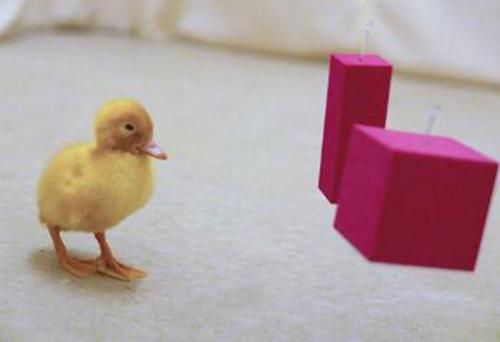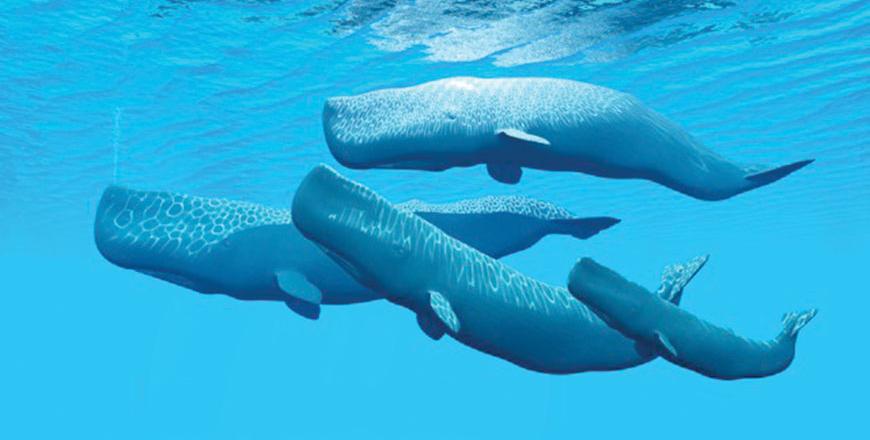You are here
Move over apes, ducklings just outsmarted you
By USA Today (TNS) - Jul 17,2016 - Last updated at Jul 17,2016

Photo courtesy of University of Oxford
Maybe calling someone a birdbrain should not be an insult.
Newly hatched ducklings surprised scientists with the capacity to understand the concepts of “same” and “different” — an ability previously known only in more intelligent animals such as apes, crows and parrots, according to a study published Thursday in the journal Science.
“We believe the ducklings are the first species shown to do this right after birth,” said Antone Martinho, a doctoral student at the UK’s University of Oxford Department of Zoology and the study’s lead author. “We now think that many or most bird species that imprint could probably also do it.”
Ducklings usually learn to identify and follow their mother through a process called “imprinting”, which can occur in as little as 15 minutes after hatching. Imprinting is a powerful form of learning that can allow ducklings to follow any moving object, the scientists said.
The study marked the first time an animal, including apes, learned such concepts without reinforcement, Martinho said.
“The other animals that have demonstrated this ability have all done so by being repeatedly rewarded for correct performance, while our ducklings did it spontaneously,” said Alex Kacelnik, also of the University of Oxford’s Department of Zoology and a study co-author.
To conduct the experiment, the ducklings were placed in an enclosed training area where various shapes in different colours and sizes were dangled in front of them.
During the first round of training in the shapes experiment, a duckling would chase two red pyramids, Martinho said. (Chasing something, usually their mother, is a typical first act for newly hatched ducks.) In the second round, it would need to choose to follow either two red spheres or a red cone and red cylinder.
Even though neither of the shapes in the second round were the pyramids the ducklings originally viewed, they chose the two spheres because, like the two pyramids, they are two objects of the same shape.
Similarly, ducklings trained with a red cube and red rectangular prism in the first round — two differently shaped objects — preferred the cone and cylinder in the second round, because both pairs were composed of “different” shapes.
A second experiment did the same thing for colour, where every shape presented was a sphere.
“The key point of our experiment was that the pair of shapes the ducks saw and learned in the first round never appeared again,” Martinho said.
The study is important because it shows animals not normally believed to be particularly intelligent are capable of abstract thought, Ed Wasserman of the Department of Psychological and Brain Sciences at the University of Iowa wrote in a related article in the journal.
It also shows very young animals can display signs of abstract thinking and that those behaviours can occur without explicit rewards or punishments, he added.
“The claim that abstract relational thinking is a unique ability of human beings can no longer be supported,” Wasserman concluded.
Related Articles
PARIS — Sperm whales create social cliques based on a shared dialect of vocal clicks, evidence that humans are not alone in having culture,
CAIRO — A group of Egyptian and foreign experts launched Sunday a new bid to unravel the "secrets" of the pyramids, including a search for h
WASHINGTON — Modern brains are younger than originally thought, possibly developing as recently as 1.5 million years ago, according to a rec




















